
SCADPro tasked 9 students to solve issues surrounding the last mile of food logistics. What does that mean exactly? It is the last leg of the journey food takes to get from the supermarket to consumers front steps. If there’s anything important we learned as a group given a task the size of Mount Kilimanjaro, it’s that each layer we unravel became another Kilimanjaro, and another, and another.
Our research led us into topics such as food waste, transparency, blockchains, food insecurity, COVID-19 disruptions, sustainability, accessibility, and more. There were so many different areas for our project to affect that we refocused on the ones where we thought the most change could occur. It came down to addressing issues related to inefficient supply chains, lack of access to healthy food, and the differences that face the rural versus urban consumer.
No one should have to choose between paying their bill to keep the lights on or provide a nutritious, fulfilling meal to feed their family. 1 in 9 individuals and 1 in 7 children face the reality that they may not have consistent access to adequate food to lead an active, healthy lifestyle. There are many reasons why; the nearest grocery store may be 15 miles away and the household only has 1 car, or an unexpected lay-off or illness occurs. In fact, 1 in 3 people who are food insecure, are unlikely to qualify for federal programs such as Supplemental Nutrition Assistance Program (SNAP).
There are many amazing solutions currently in place around urban areas of the US. But with 87% of food insecure counties located in rural areas, and 84% of those counties concentrated in the South, we decided to focus our efforts there. We can enact the greatest change by equipping communities with knowledge and most importantly, access to fresh and healthy foods.
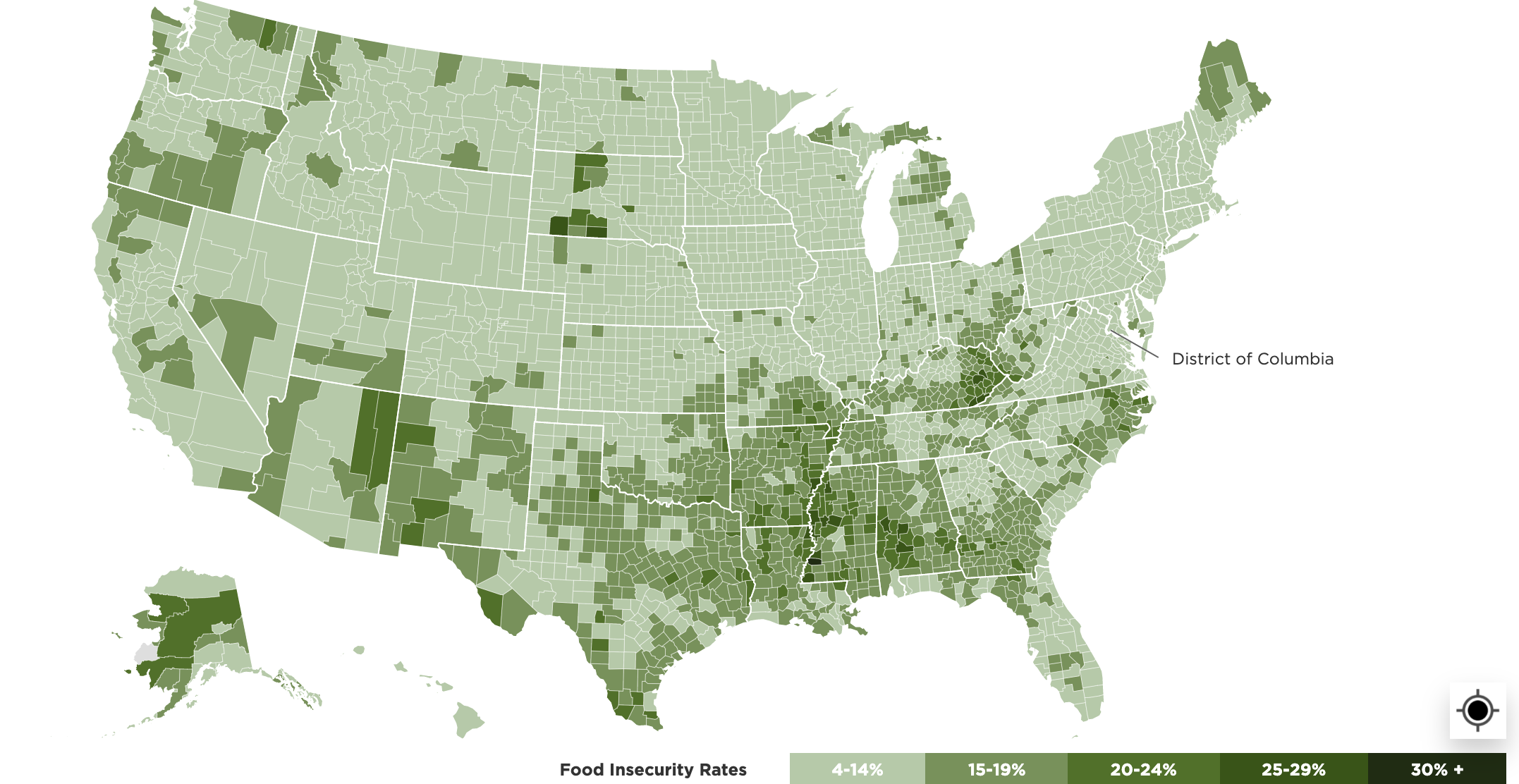
After discovering the area we wanted to focus on we moved into primary research. Through both quantitative and qualitative research we were better able to understand how food insecurity and inaccessibility affect real people in rural areas.
We conducted stakeholder interviews with a variety of industry experts to gauge community and national solutions.
We found that there was a disconnect between perception and reality when it comes to rural food inaccessibility. Many of the people we surveyed felt that they were not food insecure, however, when asked how often they cook with fresh produce, 1/4 said they don’t cook with it often.
Smaller businesses want to help their communities, but they often struggle just to make a profit. Some even cite that you just need to be retired and getting social security because it simply won’t happen. This model is not sustainable. Businesses looking to address community needs deal with issues such as resistance to change, tough competition from large chains, and a lack of infrastructure to support this.
Despite a variety of solutions already in place in urban areas and a desire to help rural ones, fresh food is not always reaching the plates of rural consumers. This is due to a number of disadvantages working against them: lack of access to transportation, long distances to grocery stores, and the lack of profitability in rural delivery.
Lastly, our target audience has a set schemata about how they would like to shop at the grocery stores, and we have to keep in mind that not everyone is open to change.
How might we provide solutions for people that don’t feel they are food insecure (but have access problems nonetheless)?
How might we make it profitable for businesses to philanthropize food access?
How might we increase the accessibility of both businesses and consumers to each other?
How might we provide varied solutions to those without access to a grocery store within 10 miles?
How might we provide food waste solutions that are both proactive and reactive?
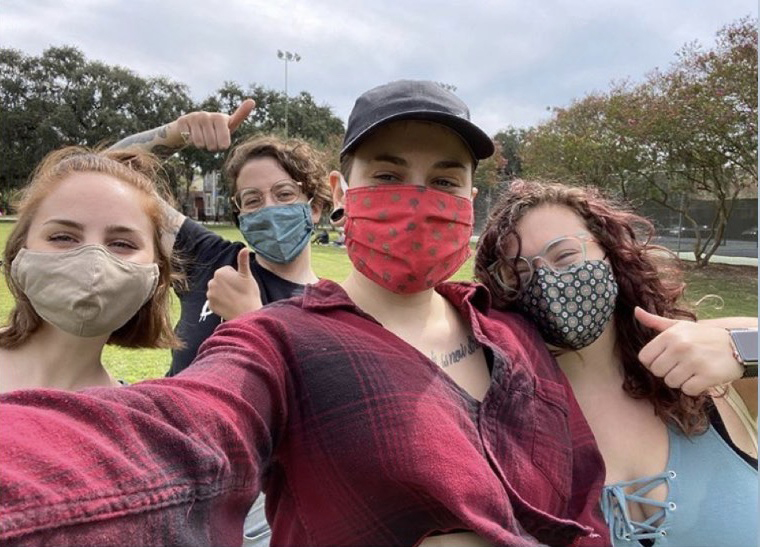

In our research, we discovered a broad range of mindsets belonging to rural community members from different perspectives and situations. We visualized this range of issues in a two axis chart that contrasts low income versus low access with the food insecure and business owners and farmers. The mindsets we created from each of the four quadrants of the resulting chart (and the fifth mindset that fits none of the quadrants) are simply examples of the wide range of areas a person might fall on the axes.
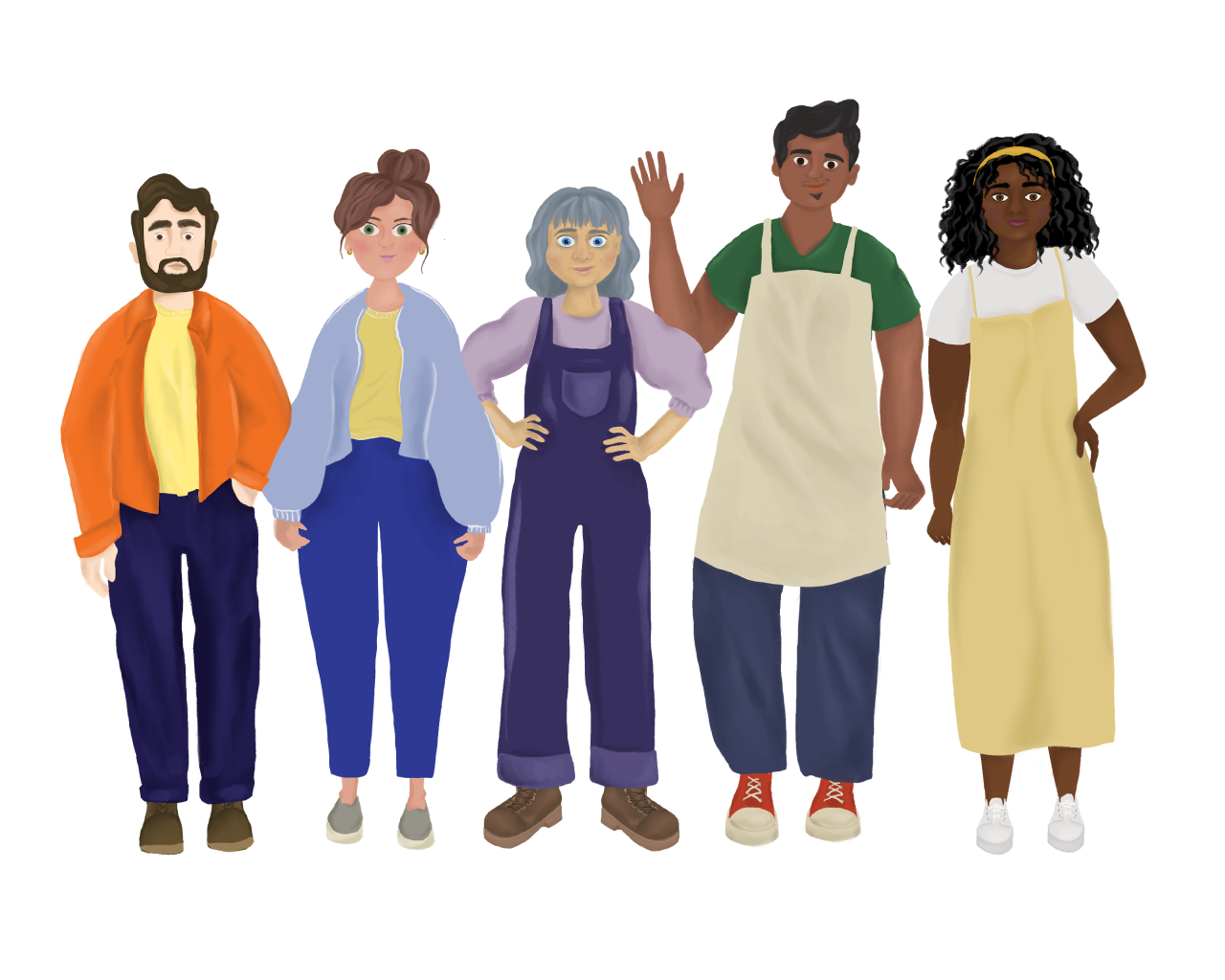

First, we have Garrett, The Castaway. He is a father of two, and doesn’t have access to the household’s shared car, because his partner works as a nurse on long shifts at the hospital. Garrett takes up the majority of the household chores since his partner feels tired and overworked after treating those affected by the pandemic.
One of the chores he helps with is getting their groceries. But to do that, Garrett must pay his close friend, Sheila, $25 biweekly to drive him to the nearest grocery store. And that’s 45 minutes away!
Sheila, The Pinched Provider, is struggling herself. She is a single mother of two and COVID-19 hit her town hard, causing her former company to lay off all nonessential workers, which left her jobless with two little ones to feed.
Unfortunately, she had to turn mainly to Dollar General to get her groceries. It is cheaper and much closer than the nearest grocery store to her, but she knows she cannot sustain her family and herself this way. She is physically feeling the health effects every day and wonders how much damage she is causing to her children.


Abby, The Smallholder is a small rancher. She dabbles in gardening, but her main source of pride is her thriving ranch of both cattle and bison. Her community was a strong supporter of her business before COVID. She also had close connections with local stores and restaurant suppliers.
Due to cutbacks and shutdowns, however, she has lost a lot of business and has been working hard to find more ways to support herself. She loves her community and despite her financial hardships, she works with Sammy, a local artisan. Sammy helps out by giving tours of Abby’s ranch as well as short cooking classes to the public using both of their products.
Sammy, The Hometown Artisan, is a local small business owner. He makes specialty homemade pasta and sauce to sell to the public. He has just gotten his business off the ground, but he finds he’s not reaching enough prospective customers from his mainly online presence. Sammy’s place of business isn’t located in the heart of town, so he relies mainly on his website and a small network of friends for business.


Janet, The Comfortable Recluse is a foodie who inherited her family’s ranch. Part of her ranch is used as an ecotourism destination for tourists wishing for some peace and quiet. Janet is comfortable living outside of big cities and is fortunate enough to work from home as a freelance web developer. She loves how close-knit her community is and wants to support Sammy and Abby’s endeavors.
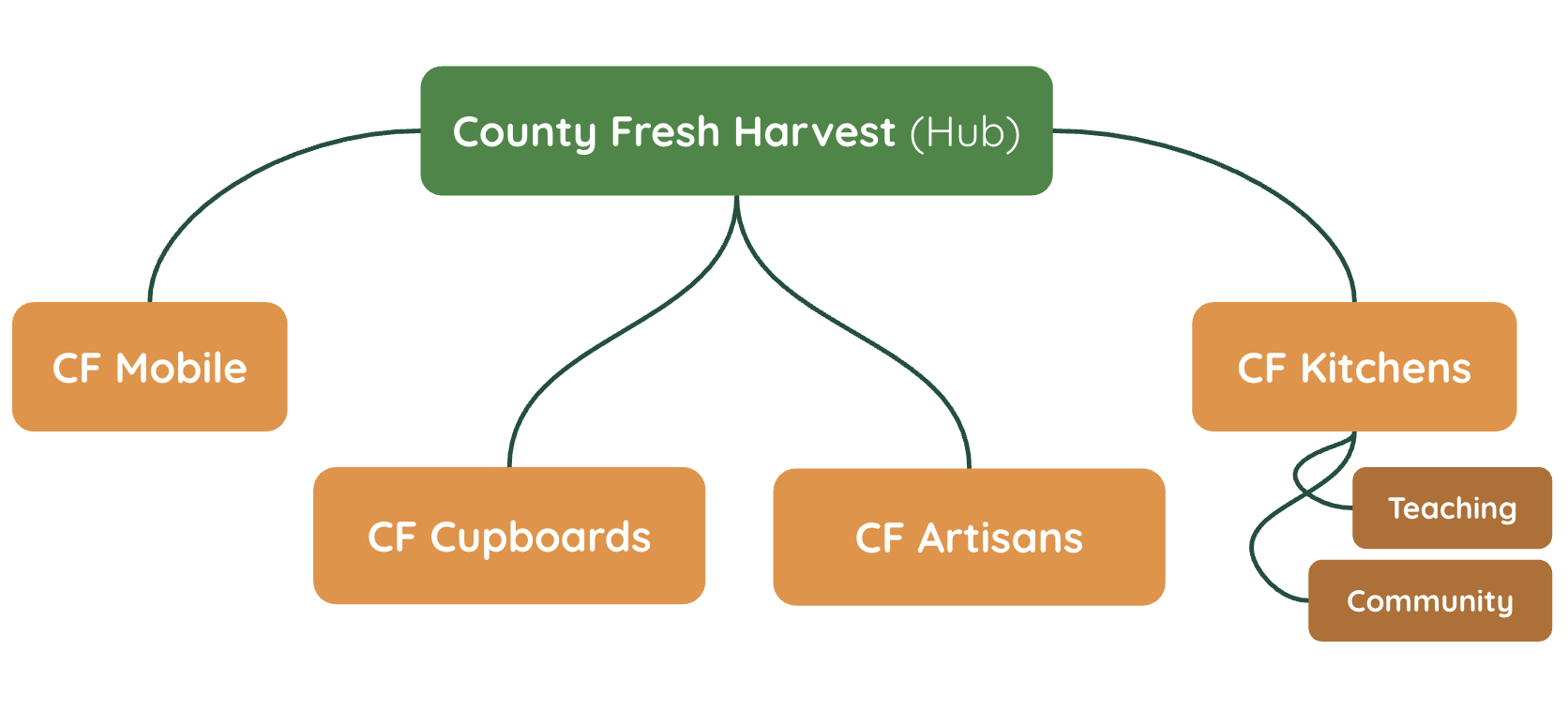
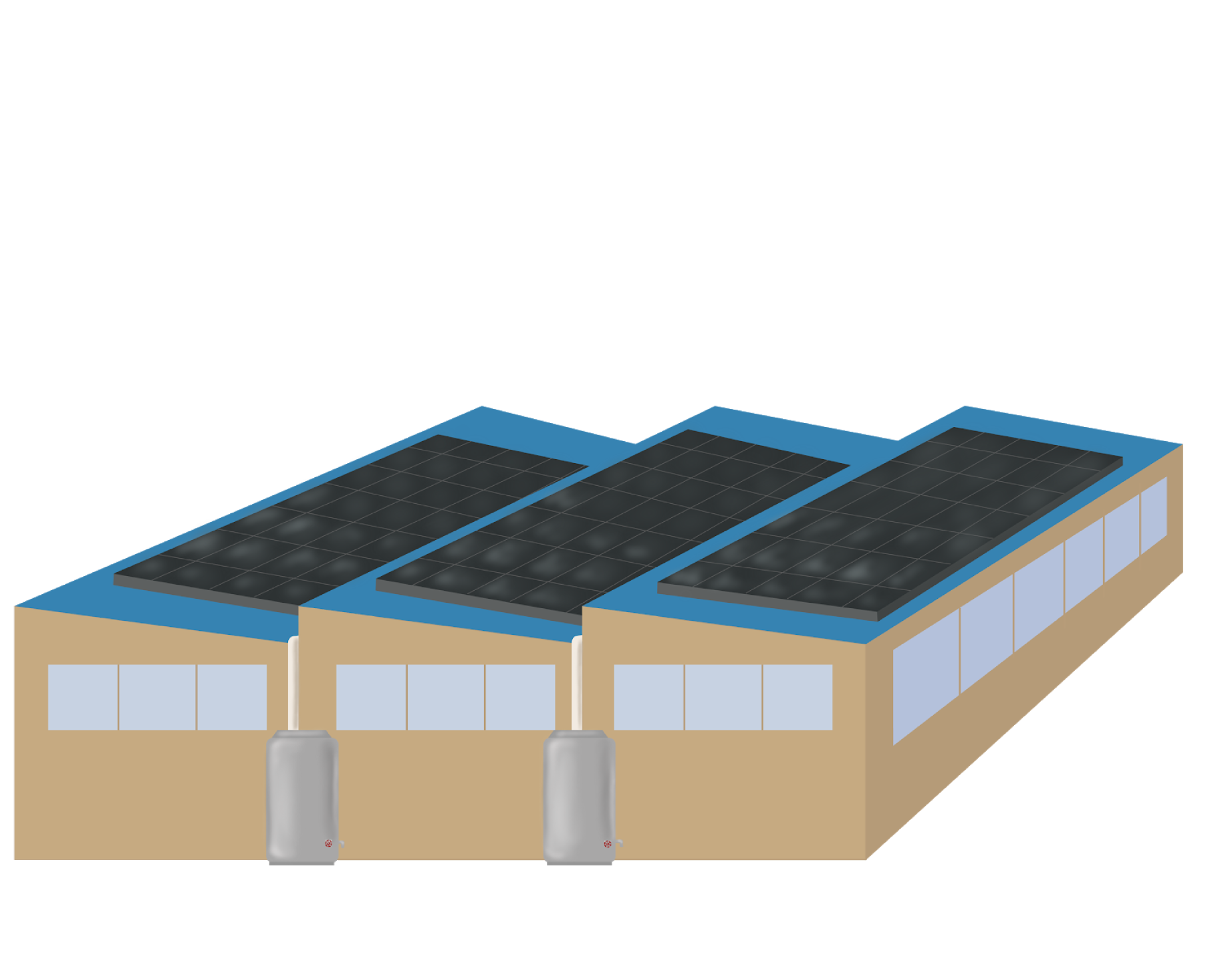
At the heart of our County Fresh system is the Harvest food hub. The hub extends into 4 major branches: the artisan box, refrigerated lockers, mobile grocer, and the community kitchen. Farmers and artisans can drop off their produce or have a mobile truck pick up from them. The hub is the main supplier of food for all of the branches.
The hub serves various functions: a centralized store for local artisans and farmers a dark store for online food shopping and a pick-up location for online food orders.
The hub also provides the funding for the other branches.
The physical features of the hub include artisan boxes, refrigerated lockers, and phone orders.
Every hub must also be designed with a vertical garden, compost and recycling center, rain-water collection tank, and solar panels, in order to be a sustainable model.
Shopping for food from the hub is easily done on either the website or the app for County Fresh. Once the order has been placed the customer will receive either a QR code or PIN, which they will use to pick up from the locker system at the hub.
County Fresh Mobile is a mobile market that would stop in various areas convenient to customers. It allows them to be able to choose fresh produce in person close to home. This option is tailored to those without transportation to the refrigerated cupboards. County Fresh Mobile allows us to distribute food to otherwise inaccessible areas. It would also provide a means of distribution for local food banks, as well as a means of waste reduction for the hub, with unsold fresh foods funneling into the philanthropic arms of the system.It also features a shipping container shell for easy access and mobility, a checkout kiosk accepting SNAPS and EBT, and minimized contact in compliance with COVID concerns.

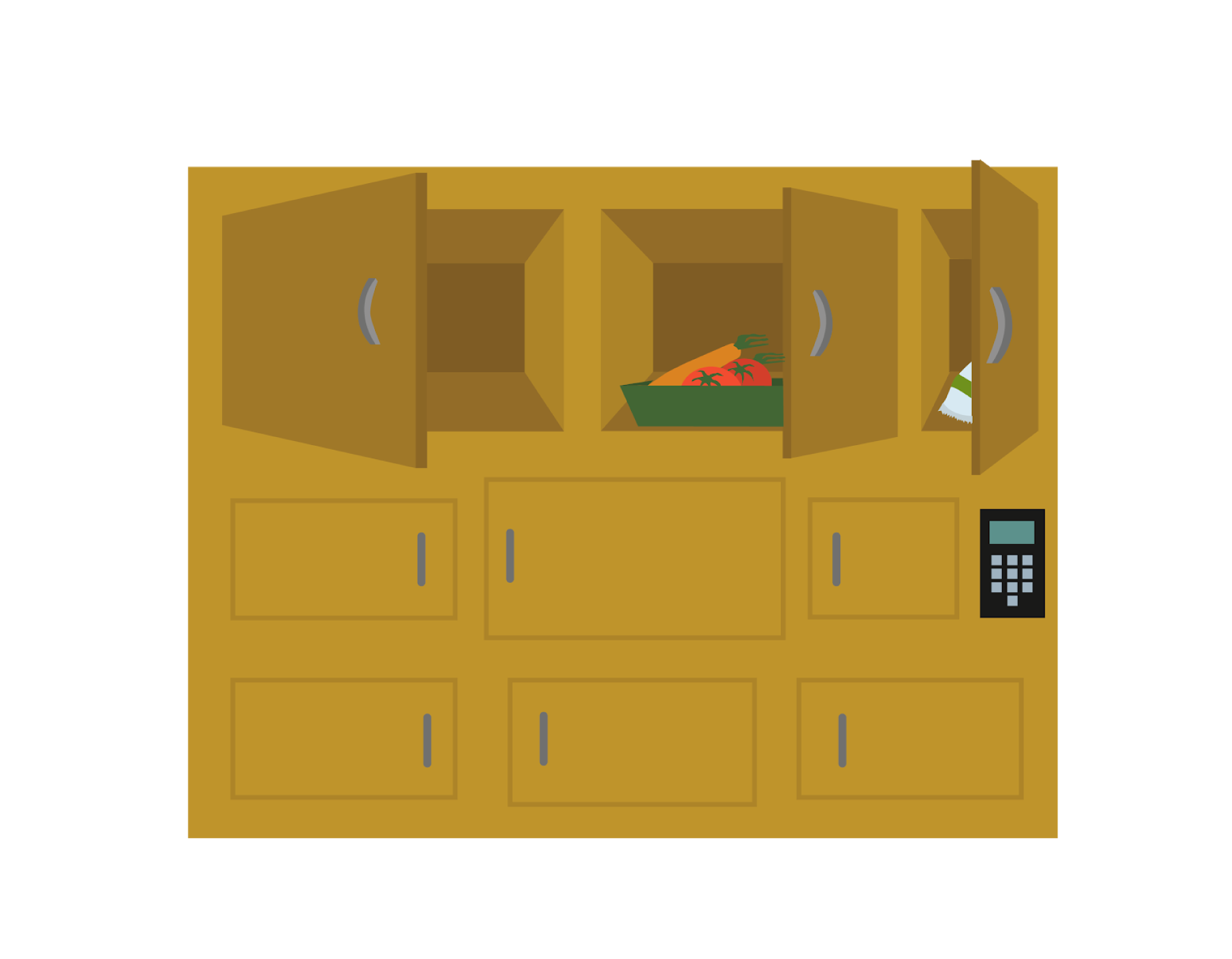
County Fresh Cupboards consists of refrigerated food lockers located both at the hub and scattered throughout the community that allow people to pick up their groceries and artisan boxes without having to come into contact with anyone. They would be able to order online or through the app and proceed to pick their food up from refrigerated compartments at their leisure.One benefit of the cupboard design is that it’s entirely modular, making it easily customizable to accommodate any space. Each individual unit can be further customized with freezer, refrigerator, and ambient settings selected to best match the contents of the cupboard.The cupboard is a secure space, accessible to provider and consumer by pin or QR code, and is mobile, with the ability to be loaded onto trucks: the same trucks that carry the mobile grocer and teaching kitchen. All of this allows County Fresh Cupboards to bring fresh food closer to our target demographic.
Our community kitchen, which is connected to the main hub, serves as a rentable workspace for artisans and small businesses, as well as an incubator to help new entrepreneurs start their own food business.The County Fresh Community Kitchen offers low rent workspaces and kitchen equipment to ease the process for the entrepreneurs. The Community Kitchen also doubles as the same kitchen for the teaching kitchen and its profits could help subsidize the costs for the teaching kitchen as well.
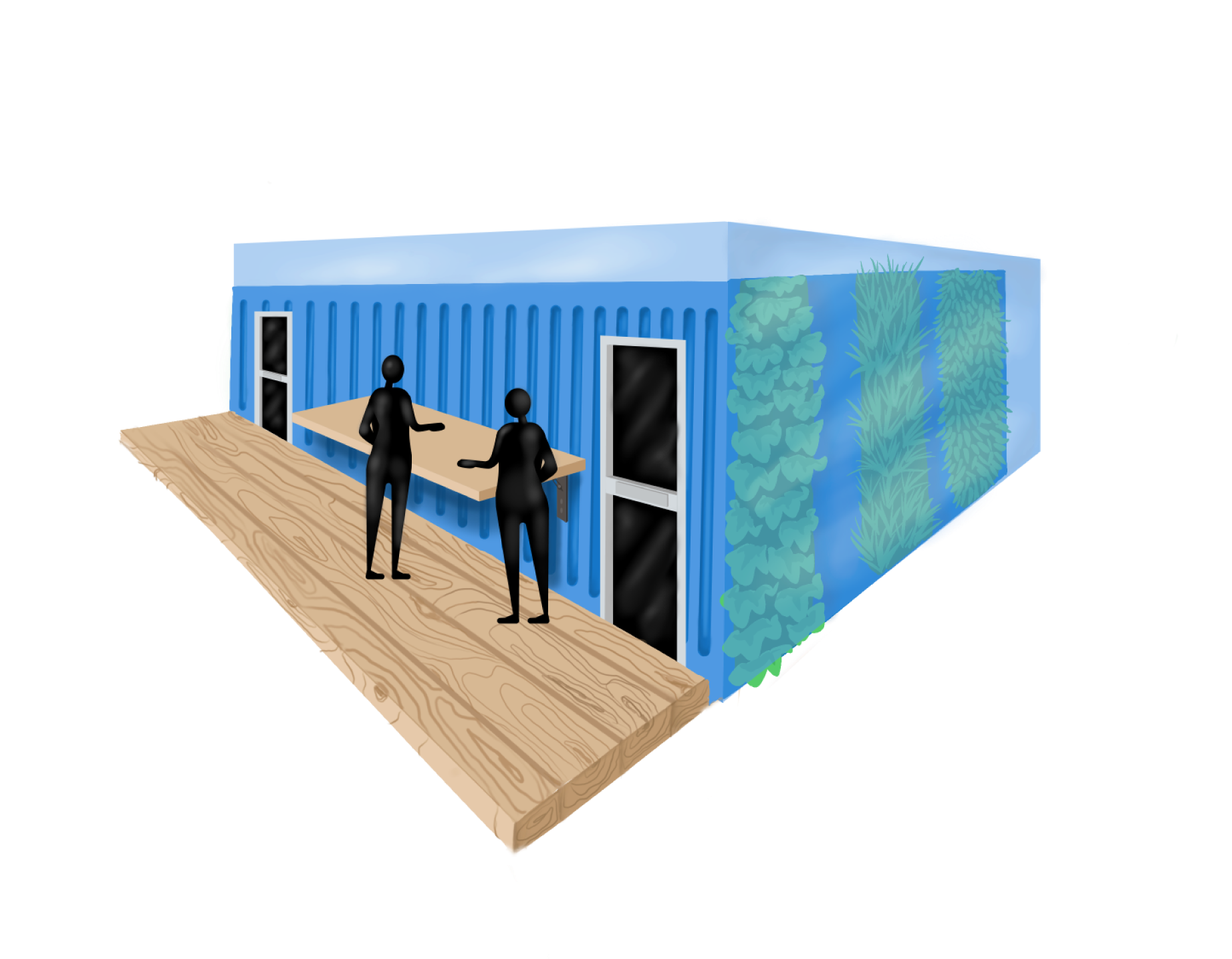

For our mobile kitchen, the idea was to create a hub that is able to serve both as an educational kitchen and restaurant to the public. Our kitchen would offer weekly classes on how to cook food and maintain produce as well as keeping up with a vertical garden. The interior space would serve mainly as a cooking/prep area while the exterior would have outdoor seating and a bar area for users to observe classes.The outdoor seating would enhance the experience and invite the outdoors into people’s lives. From our research, we have seen that our target is not open to a lot of change, so our outdoor area would also be a way for users to feel more comfortable in familiar environments and keep us from altering too much of their daily lives.
County Fresh Artisan Box is a food kit that has various upgrades. The kit contains food products from various local farmers and local food artisans that can be combined to make meals. A recipe card would be included for clarity. Additionally, there would be dietary options for those with medical conditions or dietary preferences. The County Fresh Artisan box can be ordered from the website or the app, and can be picked up from the hub or shipped directly to the consumer. The enhanced and premium grade options help to subsidize the rest of the county fresh system, and give the purchasers the knowledge that they are doing something good while also receiving a fresh, healthy and delicious meal.
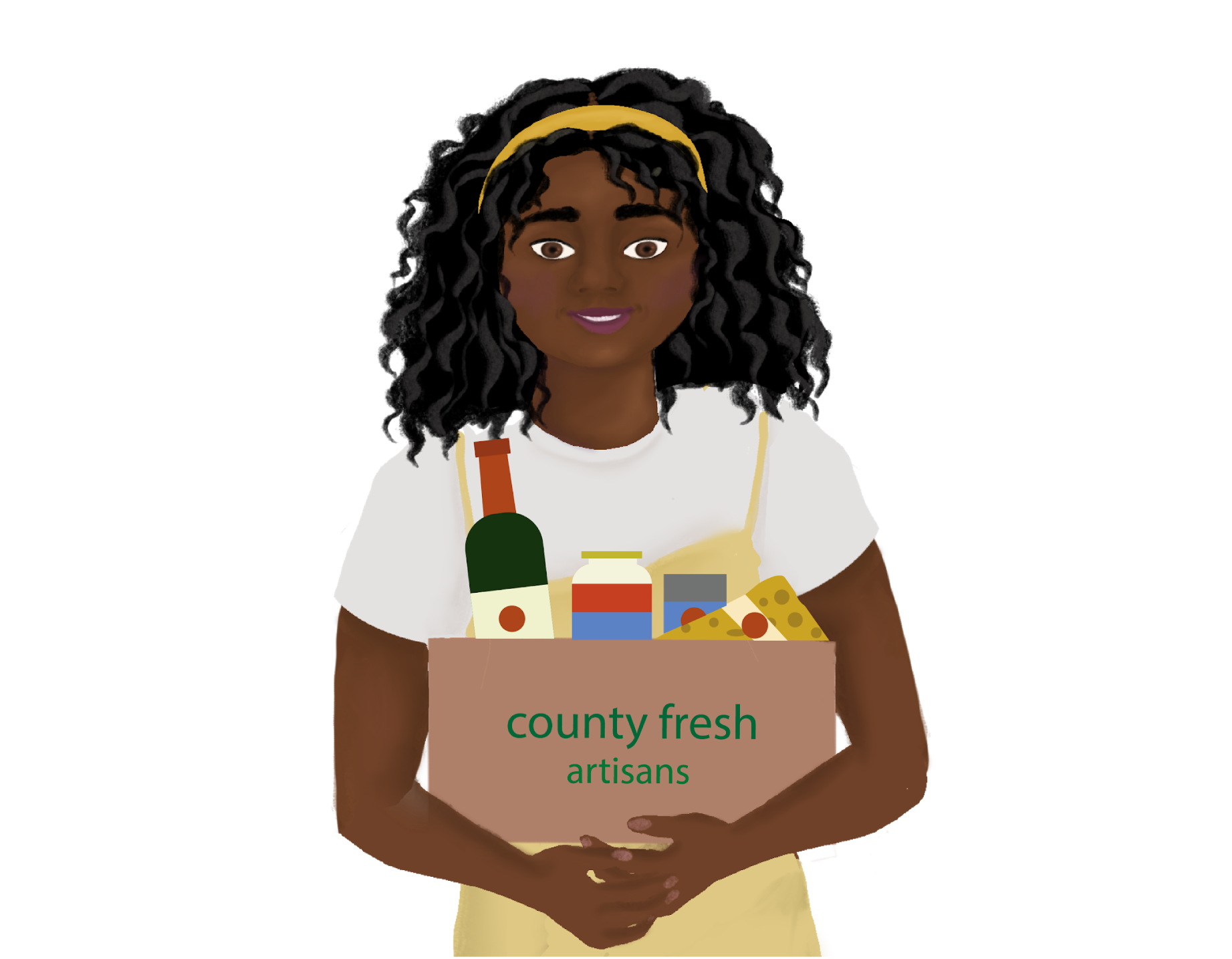
The income and expense report is divided into three main sections; the incubator kitchen, the mobile grocer and mobile kitchen, and the distribution hub. For the distribution hub, 80% of the income is going to be from sales of produce and artisan subscription boxes. The main expenses for this system will be product purchases from local farmers and artisans, as well as payroll.
Due to the philanthropic nature of the mobile grocer and kitchen, one of the main sources of income would be grants and corporate donations, to support any losses from selling mainly to low access areas. Payroll for the system would be its biggest expense, for all the kitchen staff, instructors, cashiers, and truck drivers. Product purchases, while a large expense, would be purchased from the hub and therefore it circulates back into the main system.
For the community kitchen, the main source of income would come from kitchen rental for the food incubators, as well as anchor tenants and equipment rentals. The main expense for the kitchens would be payroll, payroll taxes, and benefits. This would include the main kitchen staff, kitchen manager, and hourly staff.
200+ Respondents
66.4% of respondents fell into what would be considered low income.
Most people are receptive to outside organizations coming into the community to address food accessibility and insecurity.
People who were opposed to outside help had concerns about the organizations understanding the community and its needs, or didn’t think their area needed help.
Participants often did not understand the concepts and they were met with resistance.
Participants felt their biggest challenge to getting fresh produce was accessibility, price and likeability.
COVID-19 was a large concern for participants, with contactless options and options with fewer people being the preferred methods. Furthermore, concerns of mistrust were raised with the COVID-19 safety of solutions.